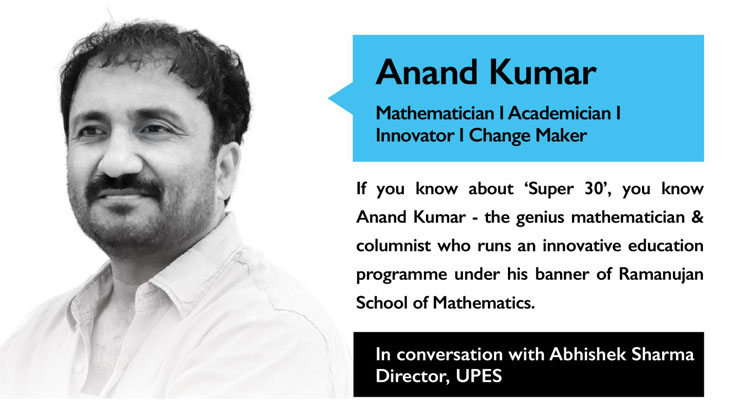A Perspective on the Future of Aerospace

Aerospace sector will grow significantly in the next two decades and the younger generation has much to look forward to in terms of challenging and fulfilling opportunities
Aerospace field encompasses aeronautical engineering, missile and space technology. The former involves development of aircraft – both military and civil as well as gas turbine engines as well as navigational aids and the latter involves missiles that are required to operate within the atmosphere and the trans-atmospheric strategic ones and satellite launch vehicles.
Several recent studies (references 1 – 3) have presented the picture of what is likely to happen in coming times in the aerospace area over the World and India. McKinsey in their article (ref. 1) indicate “……Nonetheless, McKinsey research indicates that the industry’s globalization remains in its infancy. China, India, and Russia are likely to emerge as significant players over the next two decades, a development that will give Western companies major short-term cost-reduction opportunities that they must capture” and goes on to analyze why it thinks India has a possibility of enlarging its footprint in the aerospace area.
In a report by Price Waterhouse coopers (ref. 2), the national committee on defense of the Confederation of Indian Industries identifies five features with regard to the outlook for aerospace industry for India in coming times – (i) high domestic demand, (ii) offset policy, (iii) cost advantages, (iv) talent base and (v) possible leveraging of IT competitiveness. We should move forward with speed noting that China scores significantly on the points noted above and has the structure that enables it to move with the desired speed.
ANSYS in their commercial analysis of the role it will play in coming times (ref. 3) describes five areas in aerospace industry – propulsion, autonomous systems, additive manufacturing parts, maintenance, repair and operations. They emphasize that what will be a growing field is “multi-physics simulations and design”.
In the aircraft arena, indigenous development was slow and the major breakthrough came with the development of light combat aircraft (LCA). Once one system has been built and has acquired ownership by the services, demand for other variants has risen. One variant of LCA, namely the navy version is in advanced stages of development and another called Advanced medium combat aircraft (AMCA) is being conceived. While in the early stages of development most design and production related activities were restricted to Governmental sector, over a time, many activities of design have been outsourced to private entities. Also a fraction of production related jobs go to private manufacturing agencies. There is a growing understanding that unless private industry participates in design support and certainly production activities, the area cannot become a significant contributor to technological innovation and economy of the country. It should be recognized that the Governmental approach to Make in India supports this direction of expansion.
Air traffic has been going up with travelling citizens including middle class constituting a large fraction apart from professional workers. This is opening up jobs at various levels. Aspects of maintenance continue to create demands on professionals trained in the support areas. It may require that the management of the schools in aeronautical engineering (not those in IIT’s and IISc) put in effort to link up with the airline service establishments to match the skill demanded for the profession.
The area that is likely to grow big is in short haul transport. Business in towns and cities located no more than a few hundred kilometers from each other will demand faster travel as well as delivery of goods. This opens up electricity based aircraft both for passenger traffic and cargo. An associated field that is opening up is unmanned aerial vehicles in many different ways across the World. These allow for opportunities for investments and start-ups as well
Missile development has also several segments, like computational activities, manufacture of precision components that are opening up even in private sector.
For a student graduating from the bachelor or master’s degree, many opportunities present themselves. For those who are inclined towards research, IISc, IIT Madras, IIT Bombay and IIT Kanpur have strong research activities in many disciplines of aerospace field. For students looking for job opportunities, ISRO, DRDO and HAL have many openings every year. Since these vacancies are filled in through a rigorous screening and interview process, the number who will qualify to be recruited will be limited. It also will require adequate preparation to get through this screening process. There are private small companies or ancillary outfits that work for the larger organizations and they have openings in simulation and manufacturing sector. These are far more concentrated around Bangalore, Chennai, Hyderabad and Mumbai.
In summary, aerospace field will grow significantly in the coming two decades and the younger generation has much to look forward to in terms of challenging and fulfilling opportunities.
References
2. https://www.pwc.in/assets/pdfs/industries/changing-dynamics-india-aerospace-industry-091211.pdf
3. https://www.ansys.com/blog/5-trends-aerospace-industry-multiphysics-simulation
(H S Mukunda, is a retired professor in Indian Institute of Science, Bangalore)



